Before colonization, this valley was a lush thicket of woodlands and brush, nourished with rich soil deposited by the Rio Grande. Throughout the lower valley landscape represented a broad variety of plants and animals. Types more common north of the river coexisted here with those more common to the south.
Land grants were made to the original Spanish settlers of the Rio Grande Valley in the 18th century. The divisions were called porciones, each a narrow strip of land with access to the river. The grant here was part of portion 50, awarded to Jose Antonio Zamora by the ancient jurisdiction of Reynosa (Mexico). At the beginning of the 20th century, developers and farmers began the large-scale clearing of the land. By the 1930s, much of the Rio Grande Valley had been cleared for citrus groves.
In 1944, more than 586 acres of the native landscape here were saved and donated to the Texas State Parks Board. Cedar elm, hackberry, and mesquite mix with ebony, Mexican ash, and anaqua trees. Along with the brushlands, they provide habitat for countless mammals, reptiles, and resident and migrant birds. The park preserves a part of the valley’s ancient environment for the education and enjoyment of its visitors. The parkland was donated on January 28, 1944, to the State Parks Board by Lloyd M. and Edna Ruth (Dolly) Bentsen, and Elmer C. and Marie J. Bentsen.
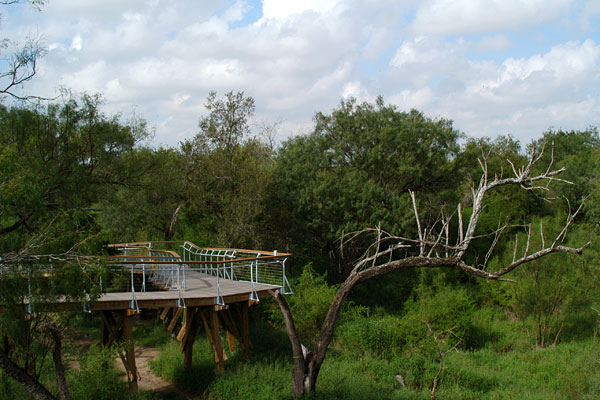


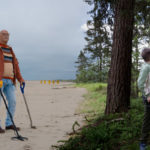
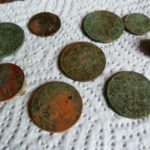
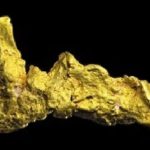

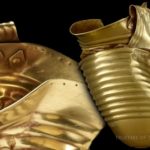
Recent Comments